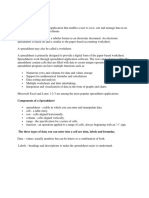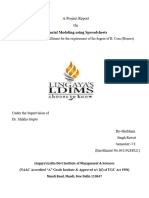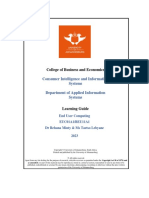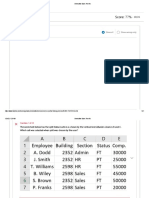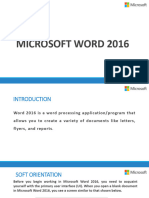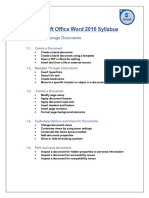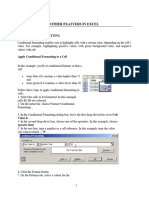0% found this document useful (0 votes)
96 views13 pagesClass 7 CH 5 Excel
Chapter 5 introduces the fundamentals of spreadsheets, focusing on MS Excel, its features, advantages, and components. It covers basic tasks such as creating, editing, saving, and printing workbooks, as well as performing calculations using various data types and formulas. The chapter also includes practical examples and exercises to reinforce learning.
Uploaded by
rauthshresthCopyright
© © All Rights Reserved
We take content rights seriously. If you suspect this is your content, claim it here.
Available Formats
Download as DOCX, PDF, TXT or read online on Scribd
0% found this document useful (0 votes)
96 views13 pagesClass 7 CH 5 Excel
Chapter 5 introduces the fundamentals of spreadsheets, focusing on MS Excel, its features, advantages, and components. It covers basic tasks such as creating, editing, saving, and printing workbooks, as well as performing calculations using various data types and formulas. The chapter also includes practical examples and exercises to reinforce learning.
Uploaded by
rauthshresthCopyright
© © All Rights Reserved
We take content rights seriously. If you suspect this is your content, claim it here.
Available Formats
Download as DOCX, PDF, TXT or read online on Scribd
/ 13






































